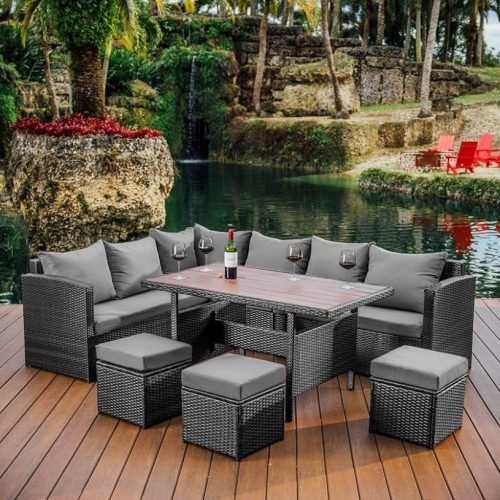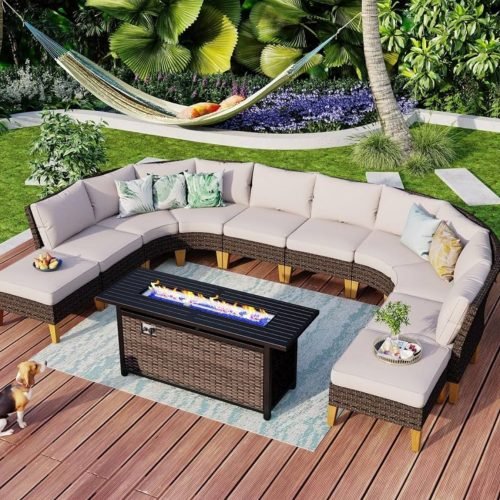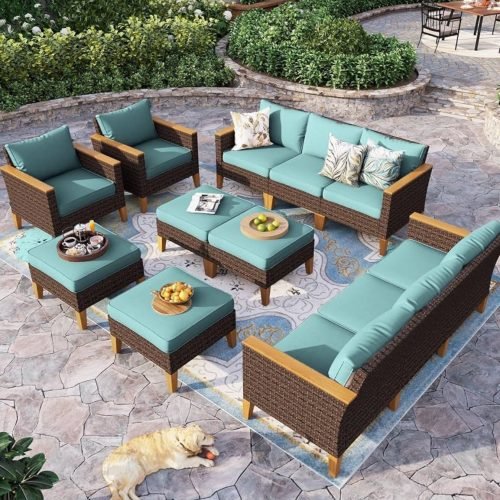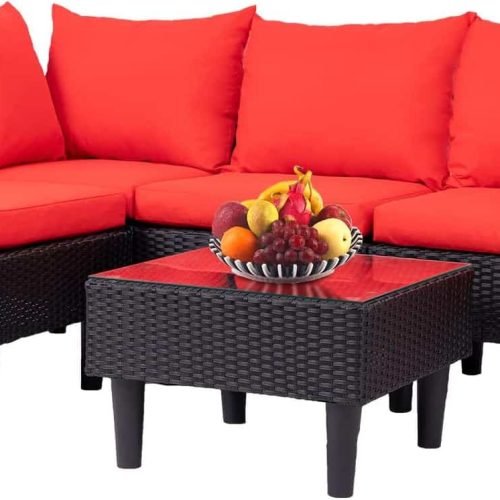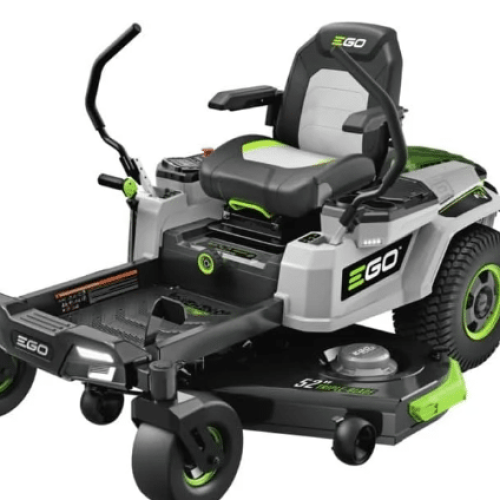Did you know a single 4-square-foot vertical gardening container can hold up to 50 plants? This new way of gardening is changing how we grow plants, even in small spaces. It’s perfect for city folks, apartment dwellers, and anyone wanting to use their space wisely.
These containers let us grow many types of plants, like vines, flowers, vegetables, and herbs, without taking up much space. They’re great for balconies, patios, or indoor areas. Vertical gardening containers make it easy to enjoy nature right at home.
Key Takeaways
- Vertical gardening containers are a hot trend for both outdoor and indoor spaces
- They require much less space compared to traditional gardening methods
- Vertical gardening is popular among apartment dwellers and urban gardeners with limited space
- These containers come in various forms, from free-standing planters to wall-mounted self-watering designs
- Vertical gardening allows for maximizing green space and creating visually striking plant displays
What is Vertical Gardening?
Vertical gardening means growing plants up and down instead of out. It uses special structures to make garden spaces or hide areas. This way, we can use small outdoor or indoor spots like balconies or patios more efficiently.
Vertical gardens come in all sizes, from tiny to very long. They’re perfect for cities where space is hard to find. But, remember, these gardens might need more water than plants in the ground. Also, getting a pro to set it up means you’ll need regular upkeep.
The Benefits of Vertical Gardening
- Maximizes space by using vertical structures or containers, taking up less ground space than traditional gardening methods.
- Encourages creativity by letting us use non-traditional spaces like walls, fences, windows, driveways, and balconies for planting.
- Enhances visual interest by adding different heights, containers, and colors, which can hide unsightly areas and provide privacy.
- Reduces common gardening problems such as weeds, pests, and diseases, making maintenance easier compared to traditional gardening methods.
- Can have environmental benefits, such as reducing energy use by cooling down buildings, acting as a sound barrier to reduce noise levels, conserving water usage, and increasing biodiversity in urban environments.
Vertical gardening is a great way to use space wisely and grow many plants in small areas. With careful planning, we can turn small spots into beautiful and productive gardens. It’s a smart way to make the most of our limited space.
Benefits of Vertical Gardening Containers
Vertical gardening containers are great for those with little outdoor or indoor space. They help us make the most of our gardening space, even in tight spots.
Space-Saving Benefits
One big plus of vertical gardening containers is how they save space. By growing plants up and down, we use less ground space. This makes them perfect for small balconies, patios, or city living. It lets us garden in places we thought were too small.
Air Filtration and Humidity Boost
Indoor vertical gardens also improve the air we breathe. They can clean the air and add moisture to our homes. This makes our living spaces feel better and healthier.
| Benefit | Impact |
|---|---|
| Space-Saving | Vertical gardens take up minimal ground space, making them ideal for small areas. |
| Air Filtration | Indoor vertical gardens can help filter out air pollutants and increase humidity levels. |
Using vertical gardening containers lets us make the most of our small spaces. We get to enjoy a garden without taking up too much room.
“Vertical gardening allows me to grow a wide variety of plants in my small balcony, without sacrificing valuable floor space. It’s a game-changer for urban gardeners like myself.”
Types of Vertical Gardening Containers
Vertical gardening offers many container options. You can pick from free-standing planters to wall-mounted self-watering ones. Each type has its own benefits for gardeners with limited space.
Free-standing Planters
Free-standing planters are great for vertical gardening. They’re made from materials like cedar or plastic. These planters give plants a stable place to grow, letting gardeners grow many types of crops in a small area.
They’re perfect for both indoor and outdoor gardens. Their versatility makes them a top choice for gardeners.
Wall Planters
Wall planters are a hit with vertical gardening fans. They can be hung on walls or fences. This makes them a smart choice for saving space indoors or outdoors.
Wall planters are ideal for small spaces like apartment balconies or city gardens. They help turn small areas into lush gardens.
“Vertical gardening containers provide an efficient way to maximize limited space and bring the joy of gardening to even the smallest of areas.”
Choosing between free-standing or wall-mounted containers lets gardeners create beautiful, productive gardens. These containers make the most of limited space.
Vertical Gardening Containers
Vertical gardening containers are a great choice for those with limited space. They let plants grow while taking up little ground space. This makes them perfect for city living, balconies, and small outdoor areas.
There are many types of vertical gardening containers available. You can find free-standing ones or wall-mounted, self-watering ones. These container gardens are great for anyone wanting to garden in a small space.
Vertical gardening containers are modular. This means you can stack or connect them to use space well. You can create beautiful, multi-level gardens that look great and use space wisely.
These containers also have practical features. They often come with self-watering systems and good air flow. This makes them easy to care for and helps prevent soil problems. Your garden will be healthy and fit right into any small outdoor area.
“Vertical gardening containers have transformed the way I think about gardening. They’ve allowed me to create a lush, productive oasis in my tiny backyard, without sacrificing valuable ground space.”
Anyone can use vertical gardening containers to make gardening easy and beautiful. They let you grow plants in a way that saves space. You get a garden that looks good, works well, and is good for the environment.
DIY Vertical Garden Ideas
Vertical gardening is a great way to make the most of small spaces and grow lush gardens. You can use everyday items to create your own unique vertical gardens. This approach saves money and lets you add your personal touch.
Old fences, pallets, or bicycle parts can turn into beautiful vertical gardens. These DIY projects are not only budget-friendly but also let you express your style.
- A simple trellis made from an 80-inch cucumber plant support costs about $35. You can also get 600 inches of welded wire for the same price to make your own.
- T-posts, priced at around $4 each, offer strong support for your vertical gardens.
- Use old fencing, bed frames, or window frames to make your vertical garden structures more affordable.
- Clotheslines between posts are perfect for supporting climbing plants like peas and beans.
DIY vertical gardens offer endless possibilities. You can fill mason jars with succulents or use soda bottles as planters. These ideas let you add vertical gardening to small spaces in a way that suits your style and budget.
One design can hold about 30 strawberry plants, giving you a big harvest in a small space. With creativity and repurposed materials, you can turn any outdoor or indoor area into a thriving vertical garden.
Suitable Plants for Vertical Gardens
Creating vibrant and productive vertical gardens is easy with the right plants. We can use limited spaces well by picking the best plants for our vertical gardens. These plants include nutrient-rich vegetables, tasty herbs, and flavorful fruits.
Vegetables and Herbs
Some vegetables and herbs grow well in vertical gardens because they don’t spread out much. Great choices include:
- Lettuce
- Spinach
- Kale
- Bush peas
- Carrots
- Beets
- Bush tomatoes
- Bush beans
- Peppers
- Cucumbers
- Squash
These plants are perfect for vertical gardens because they save space. They give us a lot of food in small areas.
Fruits
Some fruits also do great in vertical gardens. Two top picks are:
- Strawberries
- Low-bush blueberries
Adding these fruits to our vertical gardens brings sweetness to our meals.
“Vertical gardening makes the most of small outdoor spaces, helps with poor soil, is a fun DIY project, fits both food and beauty plants, and lets us move indoor plants outside in warm weather.”
Choosing the right plants for vertical gardens lets us create beautiful and fruitful gardens. With some planning and the right plants, we can get a lot of food from small gardens.
Climbing Plants for Vertical Gardens
Climbing plants are great for making your vertical garden look amazing. They use less ground space and add beauty and interest. You can choose from many types, like flowering vines or lush greenery.
The black-eyed Susan vine is a top pick for vertical gardens. It has bright yellow flowers with dark centers. The cardinal climber has deep leaves and red flowers that draw hummingbirds.
For something whimsical, try the cypress vine. It has delicate foliage and flowers in red, pink, or white.
Perennial vines like clematis and ivy bring interest all year. They can climb on trellises or arbors. The moonflower and scarlet runner bean vines have cascading vines and bright flowers.
Choosing climbing plants for vertical gardens adds whimsy and depth to your space-saving design. With the right care, these vines for vertical gardens can make your vertical garden design look stunning.
| Plant | Growth Habit | Bloom Colors | Sunlight Needs |
|---|---|---|---|
| Clematis | Reaches up to 20 feet | Purple, pink, white | Full sun to partial shade |
| Nasturtium | Trailing vines up to 10 feet | Orange, red, yellow | Full sun |
| Passionflower | Climbs up to 30 feet | White, purple, red, blue | Full sun to partial shade |
| Mina lobata | Grows up to 10 feet per season | Red, orange, yellow | Full sun |
Vertical Gardening Techniques
Embracing vertical gardening means using the right techniques for our plants to flourish. We need to guide and support them as they grow. Also, we must learn how to water and fertilize them properly.
Training and supporting plants
Plants like cucumbers, peas, and beans need help climbing. Trellises, arches, and pergolas can help them grow up. We can also use terracing and tumbling to arrange plants in steps or hang them down.
Watering and fertilizing
Vertical gardens need special care when it comes to watering and fertilizing. They often need more water because of their size and exposure. Targeted fertilization ensures our plants get the nutrients they need to grow well in a vertical space.
FAQ
What is vertical gardening?
Vertical gardening means growing plants up and down instead of out. It uses special structures or trees to make garden areas or hide spots. This way, people can garden in small places like balconies or patios by using the wall space.
What are the benefits of vertical gardening containers?
Vertical gardening containers save space and are great for small areas. They’re perfect for balconies, patios, or city living. Plus, they can clean the air and add moisture indoors, making the air healthier to breathe.
What types of vertical gardening containers are available?
You can find many types of vertical gardening containers. Free-standing ones are made from cedar or plastic and help use space well. Wall planters are also popular, being self-watering and fitting on walls or fences inside or outside.
Can I create my own DIY vertical garden?
Yes, you can make your own vertical garden with DIY projects. Use old fences, pallets, or bike parts to build unique vertical gardens. This way, you can make a garden that’s all your own.
What plants are well-suited for vertical gardening?
Many plants do great in vertical gardens. Leafy greens like lettuce and kale grow well, as do bush peas and carrots. You can also grow fruits like strawberries and blueberries vertically.
Can I grow climbing plants in a vertical garden?
Yes, climbing plants are perfect for vertical gardens. They add beauty and interest. Try growing vines like black-eyed Susan or scarlet runner beans in your vertical garden.
What techniques are important for successful vertical gardening?
To make vertical gardening work, you need to train and support your plants. They might need something to climb on. Also, you’ll need to water and feed them differently since they grow upwards.


